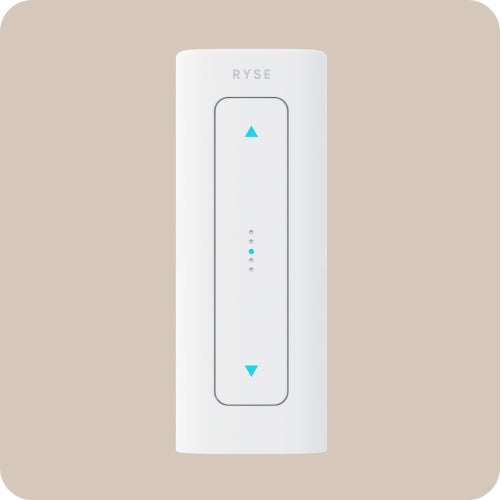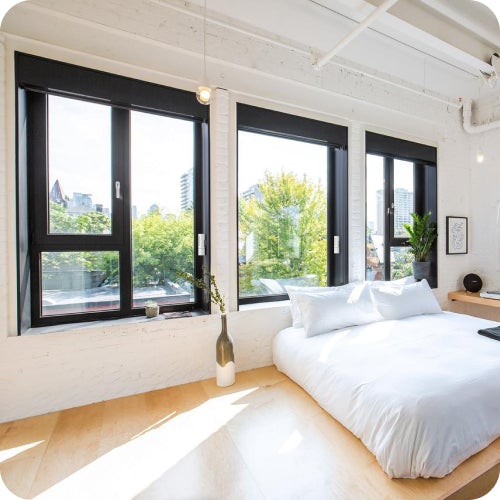There are a lot of options now to make almost everything in your life smart. RYSE is one of those options and it’s intended to make your blinds smart. From what we can see it will do the job and do it well, but it will only work for a limited number of devices.
For a lot of users, this won’t be an issue, but it opens the door for a wider discussion about larger-scale interoperability. Let’s take a look at the device first: Essentially, it’s a motorised blind lifter that can be hooked into your smart assistant for voice control. Easy installation, connection via a hub and great battery life are all key features.
The proprietary BLE connection means though, that there isn’t any scalability — beyond 10 units — if you want or need to expand in the future.
Costs to install
There are, of course, costs involved with getting a setup like this installed in your home. The SmartShade units will set you back:
- US$169.00 per unit
- US$49.00 per unit that you want battery controlled
- Assuming you want to integrate with a Smart Assistant and Routines, the hub will set you back a further US$59.00

The costs are pretty reasonable for something that adds good functionality to your home.
The hub has the capacity to link with Google Assistant, Amazon Alexa and Apple Home Kit. This means you can create routines and voice control your blinds, not just control them via the app. This also adds some peace of mind, allowing you to remotely control your blinds if you’re away from home giving the impression people are there.
Limitations of proprietary connectivity
At this time, the hub has a limit of 10 connected devices with the potential to expand this via an OTA in the future. Out of curiosity, we reached out to RYSE to query the thought process behind the hub, proprietary connection and lack of more recognised protocols such as Zigbee or SmartThings from Samsung. It was impressive that their Founder and CEO was very forthcoming with candid answers:
We used ZigBee in the past and while they market themselves ad universally compatible they are not truly so. For example, it took us two years to integrate with Samsung SmartThings, and the Alexa Plus integration isn’t seamless and also took months.
Whereas an API integration with Google Home, Alexa, and HomeKit took days.
However, we are able to modify our firmware/module to be ZigBee compatible if we find a platform partner willing to invest in it. For now, API integrations are easiest to manage.

All of which are fair comments from a business perspective and the RYSE SmartShade will do a great job for most users. The lack of larger-scale protocols may be of concern to users who want a future proof (read: Matter compliant) smart home.




